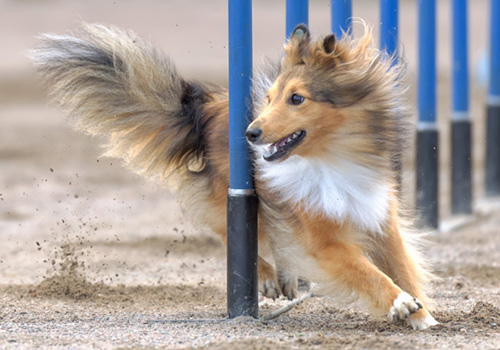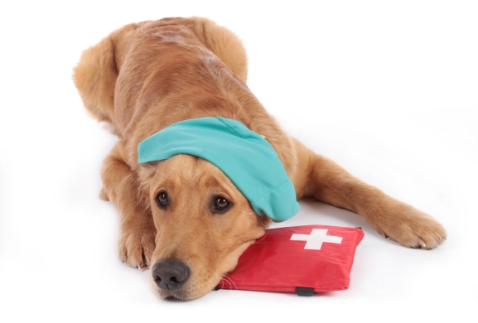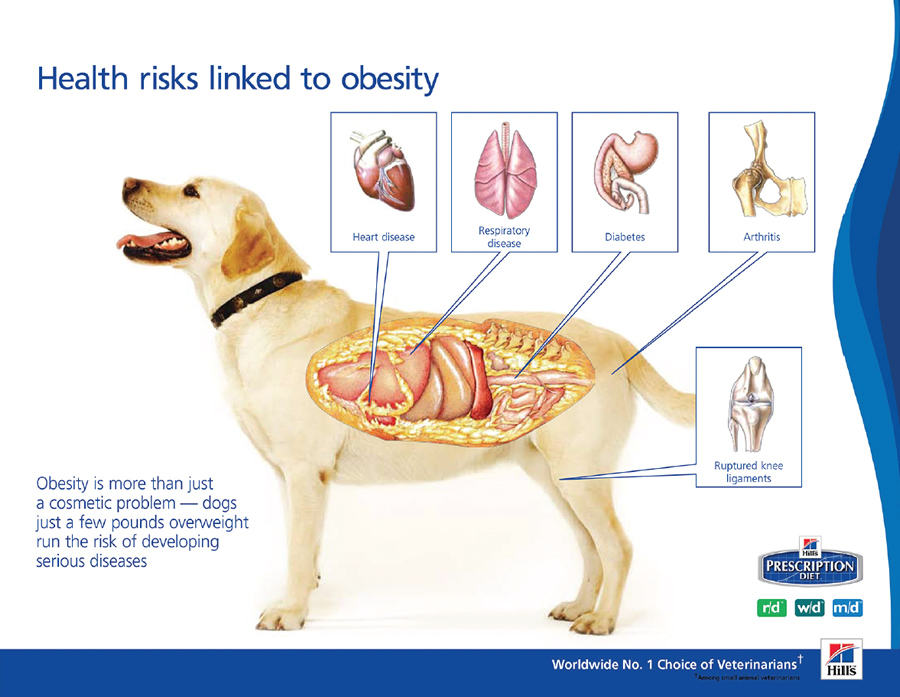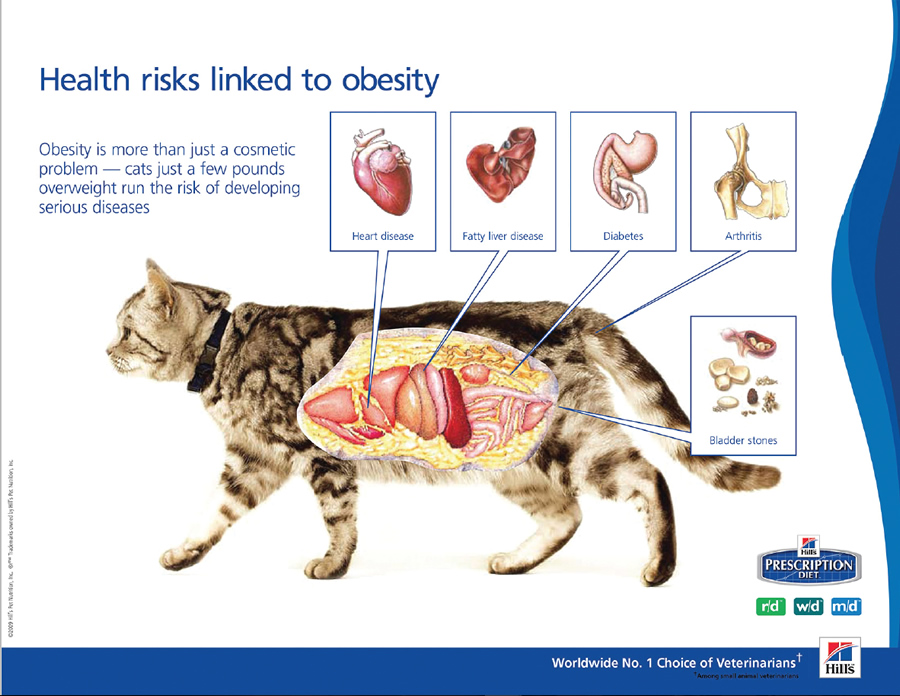Healthy pet: healthy human
Pets bring joy and happiness to humans but the bond between animal and human can also have health benefits as well. Stroking, grooming and playing with your pet can relieve stress and lower blood pressure. Taking your dog for a walk is healthy exercise for both of you.
In our campaign ‘Healthy pet: healthy human’ we wanted to highlight the health benefits of animal ownership and:
- Raise awareness of the benefits pets provide to humans;
- Promote the human-animal bond;
- Highlight the importance of being fit and healthy (weight and exercise) for both pets and humans; and
- Pass on tips for how to improve your pet’s health and happiness as well.
Unhealthy pet: unhealthy human
Pets mimic their owners in many ways, some good and some bad. For instance obesity is a major public health issue in many developed countries, and pets are following suit with a recent study in the United States estimating that 40% of dogs are overweight or obese.
More dogs and cats are now living in luxury: gourmet treats, comfortable homes, posh carriers, pushchairs and car rides. Unfortunately this sedentary lifestyle combined with excessive food intake has led to an increasing number of fat pets and, just as with people, obesity has detrimental consequences on health.
The cost – in terms of lifestyle and in dollars – is the same whether it is humans or pets. Heart and lung problems, diabetes, arthritis and heatstroke are just a few of the consequences of an unhealthy lifestyle. And it can be a vicious circle – arthritis reduces exercise tolerance which means less exercise which leads to weight gain. Unfortunately, it’s a sad fact that overweight, unhealthy pets are often looked after by overweight, unhealthy humans.
A recent study by Hill’s pet nutrition found that nearly 70% of obese pets were more likely to suffer from Arthritis/Osteoarthritis while nearly 50% were more likely to suffer from Diabetes mellitus.
You can find out more about the health risks related to obesity by clicking on the dog and cat below.
Visits to the vet come at a cost of both time and money, and worse still they result in suffering and stress for your pet. Generally, overweight animals live shorter and less healthy lives than those at ideal weights, so it is very important to address the issue as early as possible.
If you think your pet is overweight and would like to start a weight management plan, it is important to get a body check first. This will rule out any medical reasons for being overweight, such as hormonal diseases or medications, and to clear your pet for an exercise and weight-loss regime.
How Healthy is your Pet?

Have you ever asked yourself how healthy and happy your pet is? To ensure they have the best quality of life possible, it is essential their five welfare needs are provided for:
- A suitable diet with lots of fresh water;
- Ability to express normal behaviours;
- Companionship, to be housed appropriately either alone or with others;
- Good health and protection from pain, suffering, injury and disease, including preventative health care and treatment if they are sick or injured; and
- A suitable place to live – shelter, space and opportunity to exercise, rest and hide.
Our focus in this campaign is primarily on good health, environment/exercise, companionship and the ability to perform normal behaviours.
You can find out how mentally and physically healthy and happy your pet is by checking out the list of questions in the links below. If you have specific questions about your pet, please book a Healthy Pet Check and let our vets advise you.
The following is a list of questions that will help you consider how healthy and happy your dog is:
- Is your dog overweight? Do they have a sagging abdomen or waist and ribs that are difficult to feel? Download our Body Fat Index Risk Chart.
- Does your dog sleep more often than it has previously? Does it tire easily or have shortness of breath?
- How often do you exercise your dog?
- How long do you exercise your dog for?
- How often do you play or spend time with your dog?
- How many hours a day is your dog left on its own?
- Does your dog have companions at home e.g. dogs or cats?
- If the answer to 7 is ‘yes,’ how do they interact with each other?
- Do you provide toys or other distractions (e.g. radio noise) for your dog when you are not at home?
- Is your dog well socialised to strangers, noise or other dogs?
For more information on exercising and stimulating your dog, download our information sheet.
The following is a list of questions which will help you consider how healthy and happy your cat is:
- Is your cat overweight? Do they have a sagging abdomen or waist and ribs that are difficult to feel? Download our Body Fat Index Risk Chart.
- Does your cat sleep more often than it has previously, tire easily or have shortness of breath?
- Does your cat have an indoor or indoor/outdoor lifestyle?
- How often do you play with your cat?
- Do you have cat toys to interact with your cat?
- Particularly for purely indoor cats, have you created a cat friendly environment at home? Please click here to download our information sheet on environment enrichment.
- How many hours a day is your cat left on its own?
- Does your cat have companions at home e.g. dogs or cats?
- If the answer to 8 is ‘yes,’ how do they interact with each other?
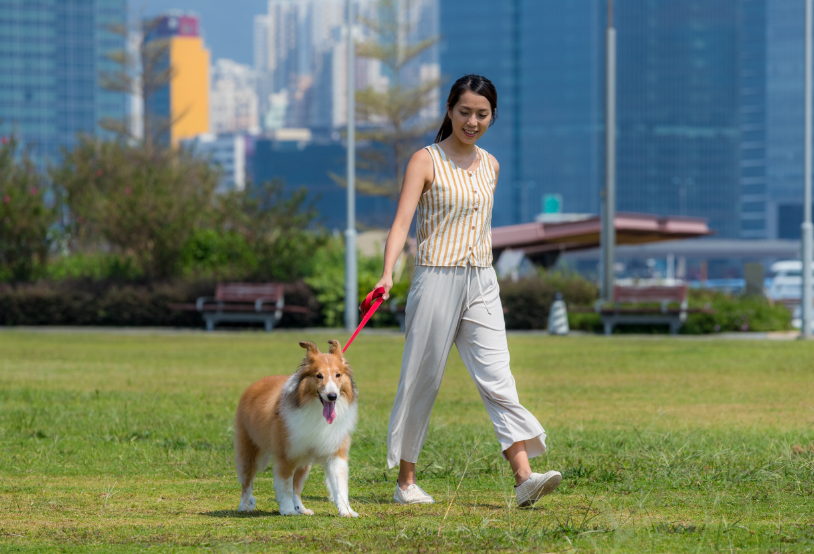
The human-animal bond is described by the American Veterinary Medical Association as “a mutually beneficial and dynamic relationship between people and other animals.”
Over the past 20 years, research has rapidly expanded our knowledge of the health and emotional benefits that animals can provide. It is now a well-known fact that keeping a pet can help develop basic trust, compassion, empathy, a sense of responsibility and enhanced self-esteem as well as emotional support. Pets can decrease blood pressure, triglyceride and cholesterol levels and feelings of loneliness in people, while increasing opportunities for exercise, outdoor activities and socialisation.
Whether pet ownership gives us cause to exercise, offers an antidote for loneliness or provides us with loving companions to care for, we now recognise that animals can influence not just our happiness but also our health.
If you are interested in finding out more on this fascinating subject please check out our human-animal bond resource sheet.
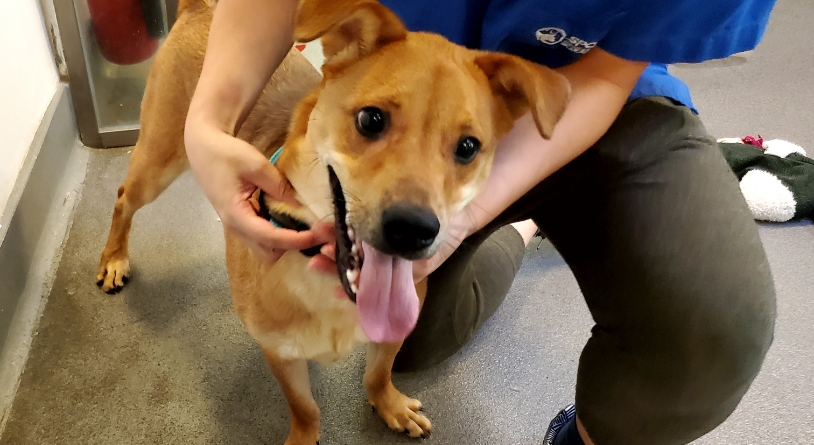
There is no such thing as an ideal weight for a specific breed of dog or cat. Body condition score and Body Fat Index (BFI) are much better markers of excessive weight, looking at the distribution of fat over the body in areas such as the ribs, waist and tail bones. That said, there are guidelines to show ideal weight ranges so for more information, please click on the links below:
Cats have great athletic abilities, strong hunting instincts and behaviours such as scratching and climbing that they express if given the opportunity. Outdoor (or outdoor-indoor) cats are usually very active, can choose their environment and are able to express normal behaviours. However, most cats in Hong Kong live indoor, sedentary lifestyles and their welfare can be compromised if they are not given the freedom to express natural behaviours and/or are deprived of the ability to take “time-out” (remove themselves to a quiet place) if needed.
For more information on how to improve your home to keep your cat happy and stimulated please download our information sheet.
Socialisation and training: is vital from an early age. The main socialisation period is from three to around 14 weeks and it’s the most important time in a dog’s life with regard to training and providing positive experiences.
A dog’s tendency to be hyperactive, destructive, fearful of people, bite or develop separation anxiety can largely be prevented by positive behavioural training and socialisation with both people and other pets. The SPCA provides training classes and behavioural veterinary consultations for dogs of all ages. For more information call 2232-5567/28020501 or visit the webpage.
It is essential all family members involved in caring for the dog attend classes/consultations to ensure continuity of training. To download our information sheets on puppy training and socialisation please click on the links below:
Dogs come in all shapes and sizes, ages and temperaments so to produce an exercise plan suitable for all is impossible. Things to consider include age, health status, body condition, breed type and personality.
A rounded approach should be followed when you’re planning an exercise regime and it is well worth taking advice from your veterinary surgeon.
Choosing the correct exercise gear (collar, halter, harness and lead) is also key to ensuring your dog’s comfort and your control during exercise.
To help stimulate your dog, particularly when you cannot be around, consider interactive toys and/or leaving the radio on to keep your dog stimulated. As with cats, getting a companion can also help alleviate boredom but care must be taken to ensure compatibility.
For more information on exercising and stimulating your dog please download our information sheet on interacting with and exercising your dog.
Here are some useful tips when planning a weight loss regime for your pet:
- Aim for your pet to lose between between 0.5% and 2% of bodyweight per week. Take extra care with cats because they are at risk of developing fatty liver disease (hepatic lipidosis) if their weight is reduced too quickly;
- Feed your pet small frequent meals. Your vet may recommend a prescription weight loss diet in order to maximise the success of the program and ensure the correct balance of nutrients is maintained;
- If your pet is a fast eater and wolfs down their food, consider investing in an interactive, slow feeder such as those made by Northmate (http://northmate.com/category/products/green/);
- If you must give them treats, ensure they are healthy and low calorie such as small pieces of carrots or boiled/steamed chicken but do make sure to cut down on the amount fed at meal times to compensate. Better still, reward your pet with affection instead of food. Please click the image below for information on choosing the right treat; and
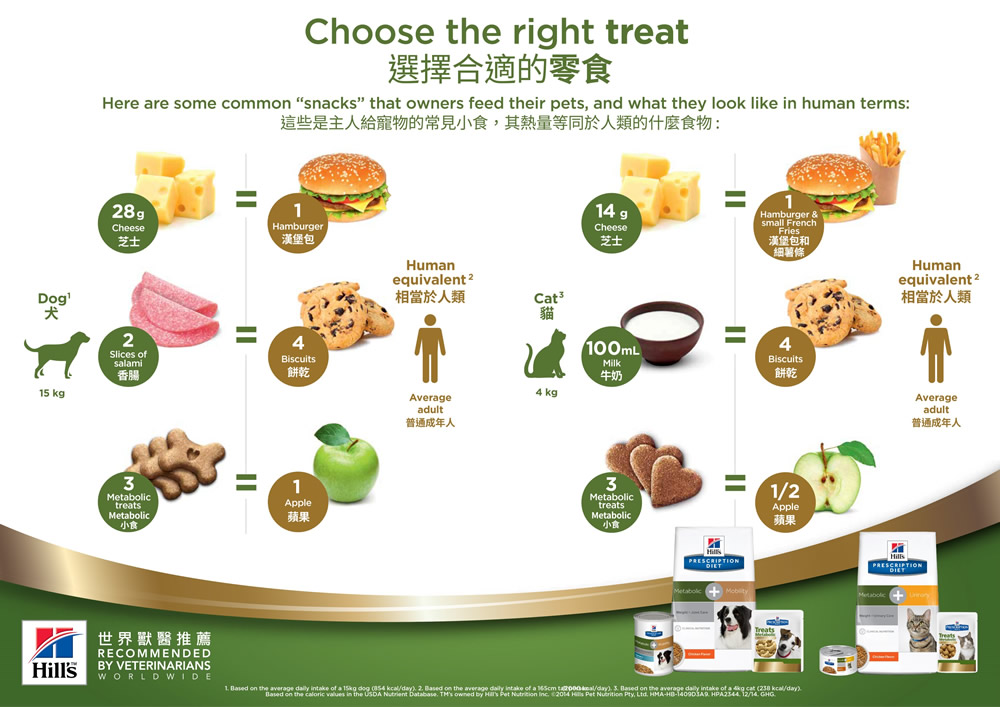
- Slowly increase exercise with regular walks or swimming for dogs. Encourage your cat to exercise with toys, or hide food and get them to hunt for it.
Ultimately, the success of a weight loss program depends on the owner’s compliance. The amount of food and exercise you provide is completely under your control; pets do not open fridges and indulge in midnight feasts!
So, please think twice before giving away those table scraps; it’s all too easy to “kill your pet with kindness.” With all the health problems obesity brings, your pet will thank you in the long term for keeping them fit and healthy.
For more information on obesity and weight loss please download our information sheet.
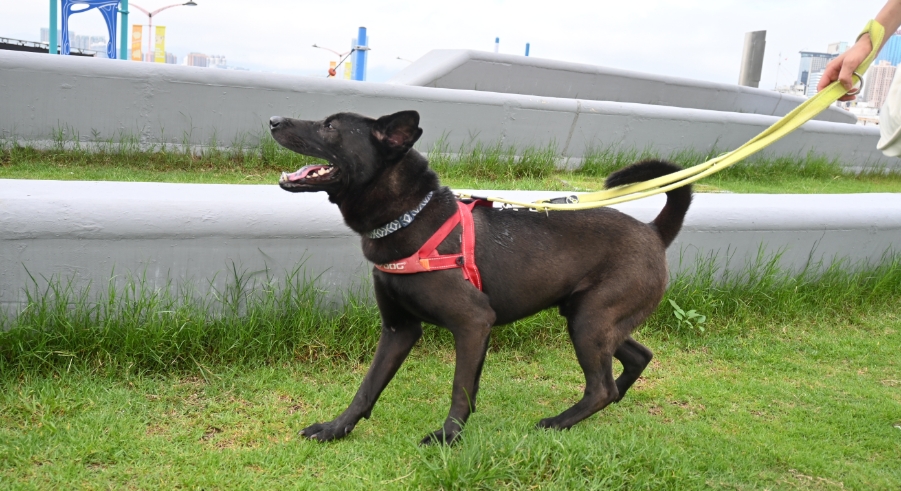
Hong Kong is not known for its dog-friendliness, with very limited access to wide open spaces apart from the country parks which, sadly, are not on most people’s doorstep and are therefore tend only to be accessible at weekends and holidays.
Dog-friendly places not only allow owners and their dogs to interact with each other in a social setting but surveys have shown many non-dog owners visit these locations to mix with man’s best friend particularly since their buildings or family members may not allow them to keep dogs themselves.
To help owners find locations near them we have compiled a list of dog-friendly places across Hong Kong. Please click here to open our information resource.
‘HEALTHY PAWS’ LIFESTYLE CAMPAIGN

Pet Wellness Checks
As humans, we care deeply about our own “wellness” and ensure we get checked regularly for a whole range of chronic illnesses we can treat such as diabetes, high blood pressure and heart disease. We believe that pets should have ...
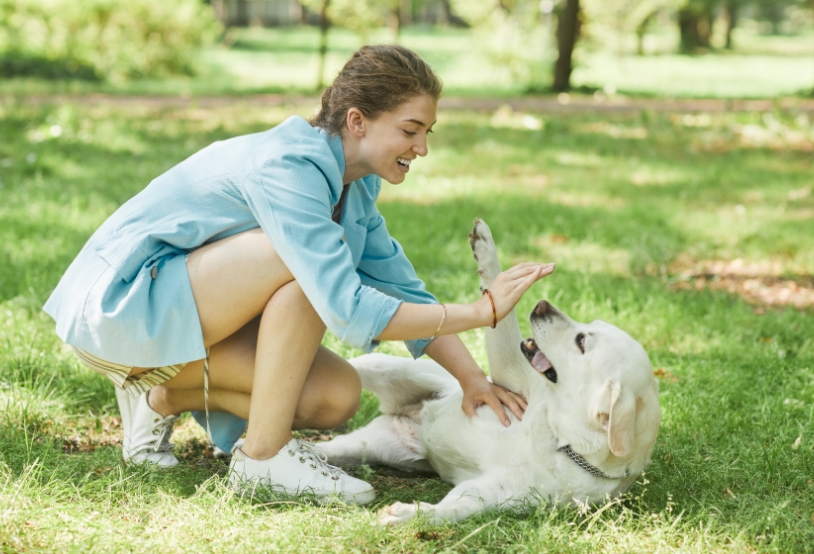
Healthy Pet: Healthy Human
Pets bring joy and happiness to humans but the bond between animal and human can also have health benefits as well. Stroking, grooming and playing with your pet can relieve stress and lower blood pressure. Taking your dog ...


